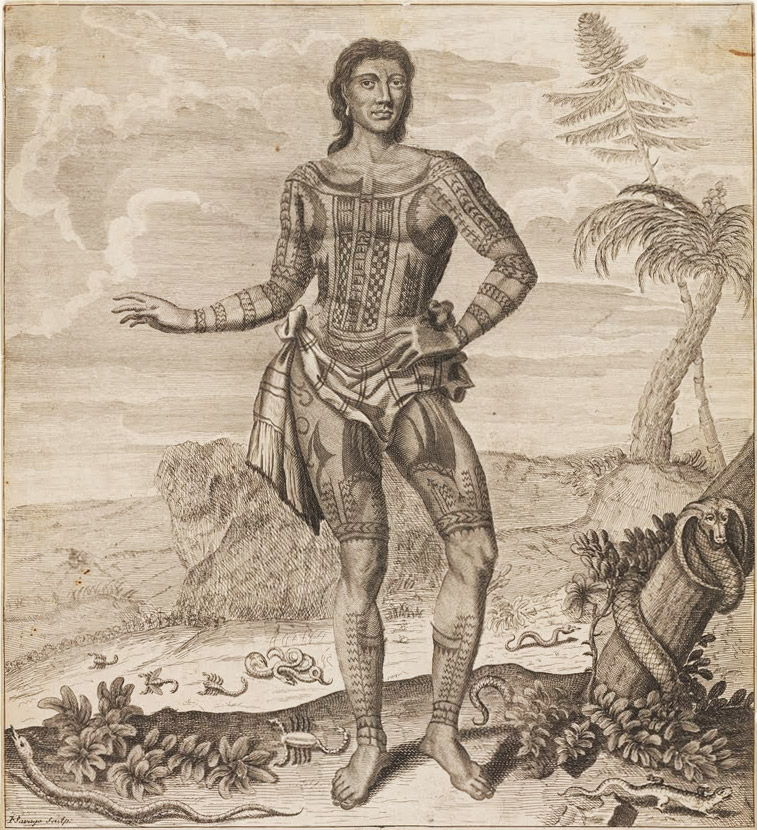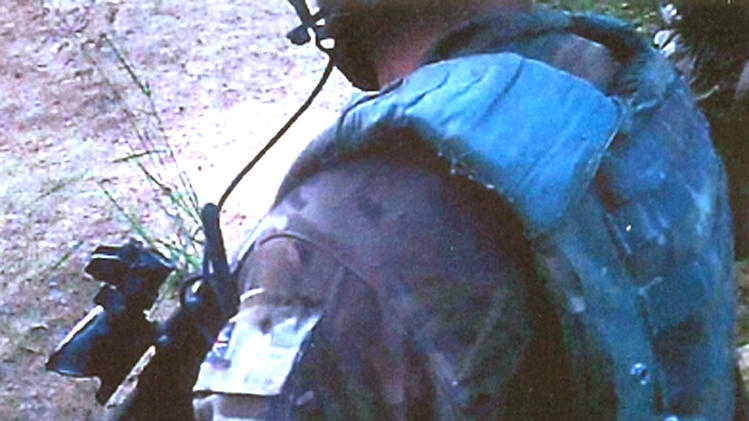 In all of the media reporting of the trial and conviction of Marine A for the murder of an ‘insurgent’ in Afghanistan in 2011, surprisingly little has been said about the conspicuously literary reference that accompanied the fatal gunshot. ‘There you are, shuffle off this mortal coil, you cunt. It’s nothing you wouldn’t do to us’.
In all of the media reporting of the trial and conviction of Marine A for the murder of an ‘insurgent’ in Afghanistan in 2011, surprisingly little has been said about the conspicuously literary reference that accompanied the fatal gunshot. ‘There you are, shuffle off this mortal coil, you cunt. It’s nothing you wouldn’t do to us’.
The quotation comes from one of the most enigmatic moments in Hamlet (and the whole of English literature?), right in the thick of the ‘To be or not to be’ speech, when the prince of Denmark is at his most ruminative. To be or not to be? Death is deeply desirable, a ‘consummation / Devoutly to be wished’. But if death is a sleep, it is a sleep that may be disturbed by dreams. And ‘there’s the rub, / For in that sleep of death what dreams may come / When we have shuffled off this mortal coil, / Must give us pause’. (For ‘mortal coil’, the RSC edition glosses: ‘bustle or turmoil of this mortal life’). And so, Hamlet concludes, we carry on bearing the pains of life because we fear greater pains after death. That is the reason why he is not going to commit suicide, or to undertake what he construes as a suicide mission to revenge the murder of his father upon his uncle.
The soliloquy is about the avoidance of action, and is itself a way of avoiding action, of spinning out words rather than deeds. Avoiding action turns out also to mean avoiding plain speech. Those ‘dreams’ that Hamlet talks of, the ‘something after death’ which ‘conscience’ fears, probably mean the fires of Hell (his father’s ghost, after all, is sizzling in Purgatory). But hellfire cannot be named directly. Part of the weirdness of Marine A’s quotation is that he co-opts the circumlocutions and avoidances of Hamlet’s speech for a purpose which is terrifyingly direct, the execution of his revenge. The eruption of the literary may, however, be linked to the fact that Marine A was himself spinning fictions about the physical condition of the enemy fighter. A couple of minutes earlier, he radioed to a colleague using a comparable euphemism: ‘I hate to say it, administering first aid to this er- individual, he’s er … passed on from the world, over’.
A bit of me wants to ask whether Shakespeare has ever been turned to such savage ends, but you only have to think of Titus Andronicus to realise that the field of modern warfare overlaps substantially with the world of Shakespearean drama. Meanwhile the London Review of Books recently reported that medical staff in Guantánamo Bay have taken Shakespearean names to make it harder to report them for misconduct. The doctors who are being encouraged to flout the rules of the 1975 Tokyo Declaration, which forbids the force-feeding of hunger-strikers, are now called Leonato, Varro, Cordelia, Cressida, Helena, Silius, Valeria, Lucentio and Lucio. Again, there’s some kind of grim appropriateness to this institutionalized insanity.
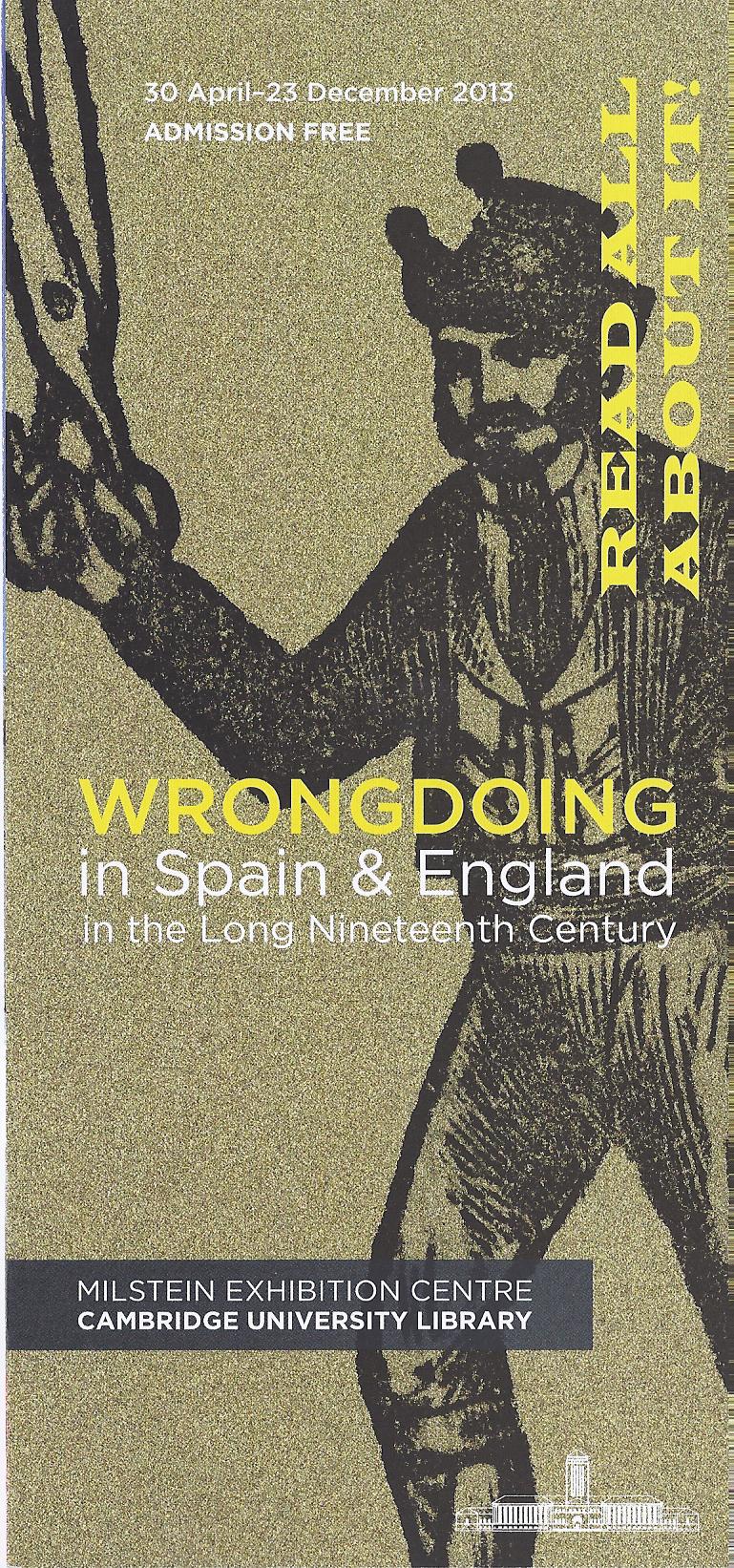
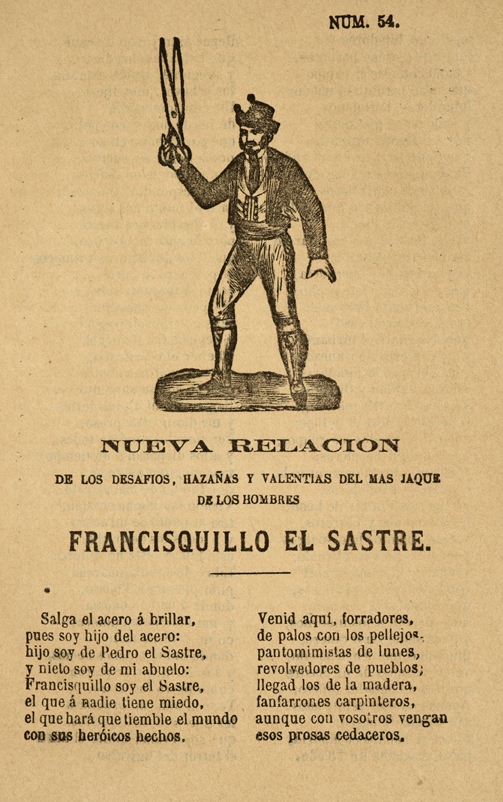

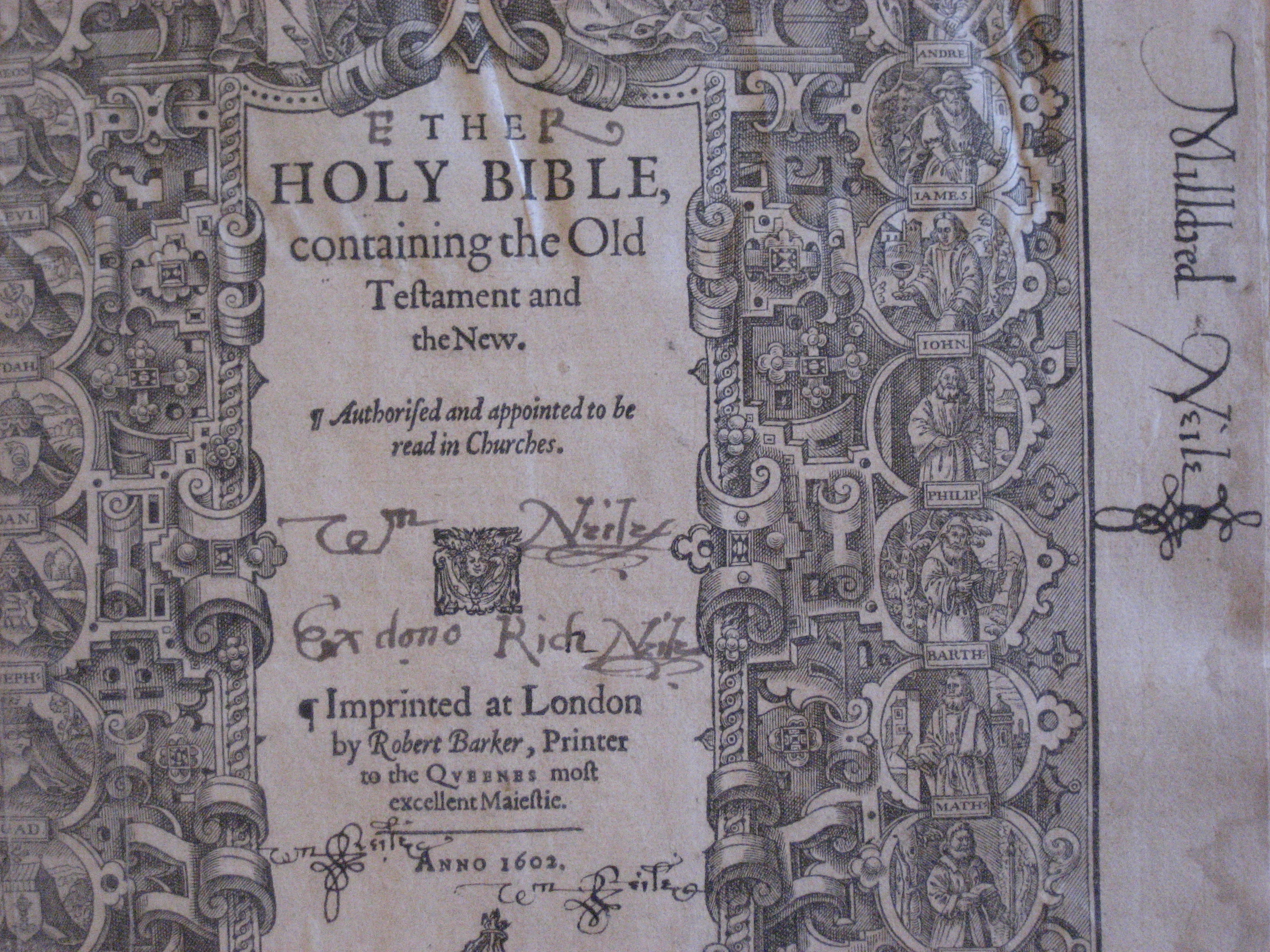
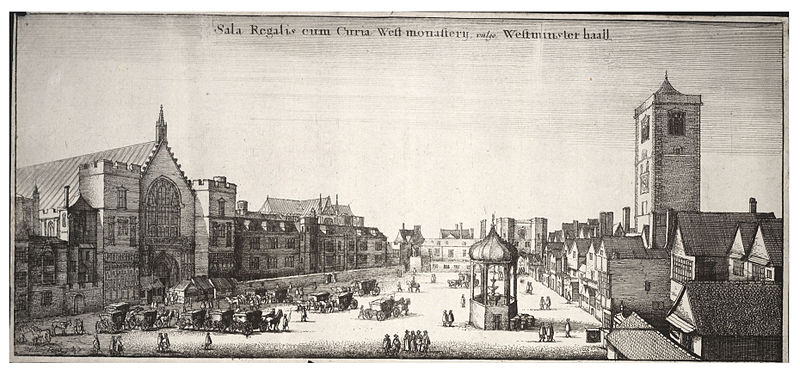
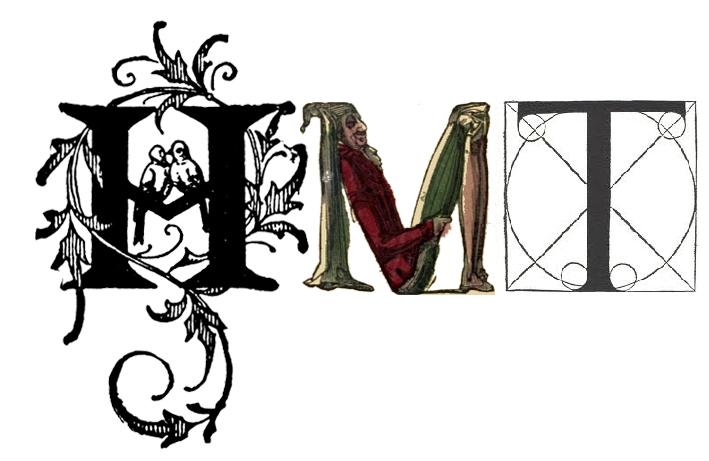
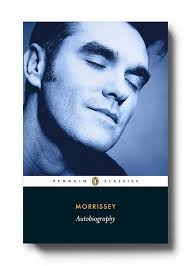
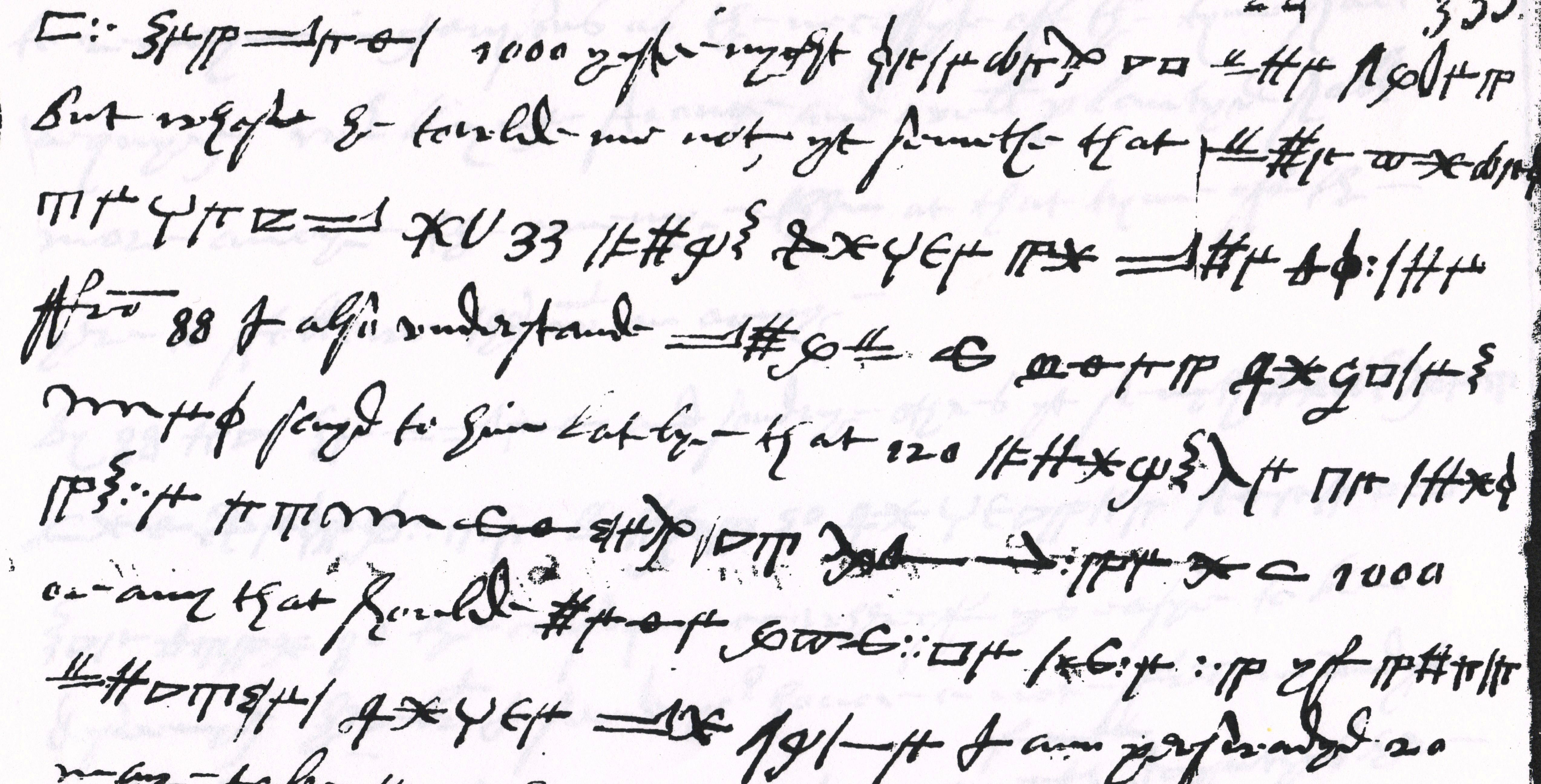
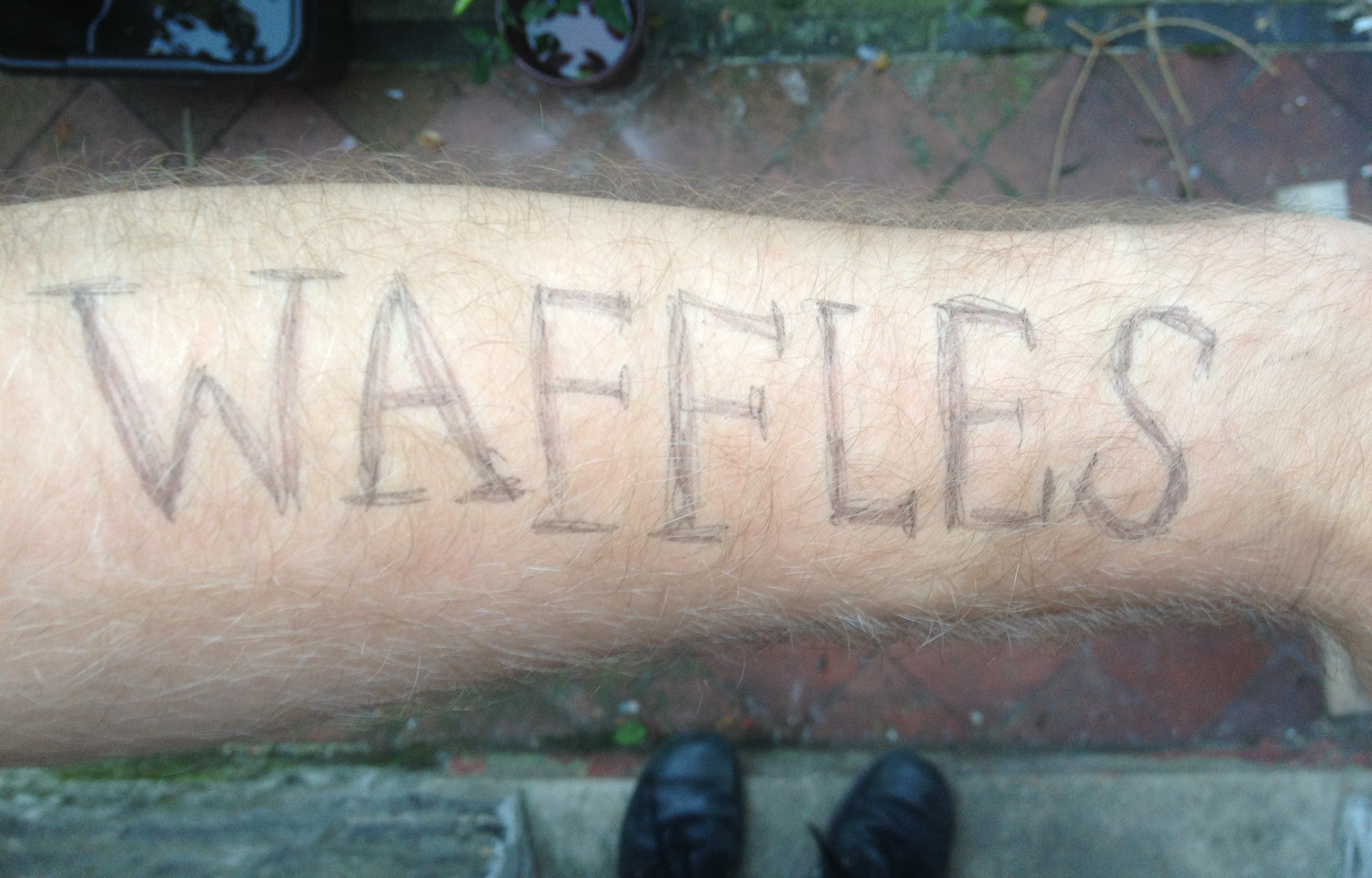 The skin is a supple and a slippery surface on which to write, so already impregnated and under-primed with various kinds of meaning that no word or phrase, when scored or inked on the skin, can be read simply. Cattle are branded, slaves and prisoners marked, warriors wounded both ritually and really, while the demographics of tattooing both abroad and at home predispose people to read the inked skin in particular ways – class, race, gender, and other categories are all at play, stressed and sometimes fractured. Last weekend’s (Ninth) International London Tattoo Convention (
The skin is a supple and a slippery surface on which to write, so already impregnated and under-primed with various kinds of meaning that no word or phrase, when scored or inked on the skin, can be read simply. Cattle are branded, slaves and prisoners marked, warriors wounded both ritually and really, while the demographics of tattooing both abroad and at home predispose people to read the inked skin in particular ways – class, race, gender, and other categories are all at play, stressed and sometimes fractured. Last weekend’s (Ninth) International London Tattoo Convention (